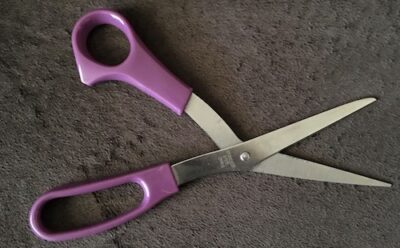
There’s a lot of world-building that takes place when a writer embarks on the journey of creating a story. The plot guides the reader along the path from first to last sentence. Interwoven in the plot are sensory details that make the story come alive for the reader. What’s important to keep, and what can be set aside? Let’s explore some ideas that might help in the decision-making process.
Part of the World?
Countless interesting details will be a part of the sensory world you build. A stone fence, that cup of coffee, or the college campus grounds might be part of the world your character inhabits or experiences. They may be a one-time occurrence, so other than showing the reader where they are or what they’re doing, there’s no reason to call any more attention to them than what the scene requires. If you keep referring to them, the reader will think that there’s a reason they need to remember. Strung along by a detail that has no significant relevance in the story will leave them wondering, frustrated, and perhaps feeling more than a bit deceived. That’s not what you want to do to your reader!
You Need It!
This is one of the fun parts of plotting a story. I’ll use an item from one of my books as an example. My character borrowed a shawl from the B&B she was staying at for a walk outside along the seaside. That could have been the end of it, and it could have been part of the world-building I just mentioned. However, I wanted this shawl to be a significant plot point, so I drew the reader’s attention to it by mentioning it several times and in different contexts as the story progressed.
For example: Jenna borrows the shawl, then returns it to the hook in the entry of the B&B when she is done. It has pleasant memories attached to it (you’ll have to read the book to find out why). The next day, she notices the shawl is gone, and the reader feels her disappointment. Subtle references to the shawl come up as the story progresses–she sees others in stores (where she could purchase one), but the memory-filled shawl is the one she really wants. Toward the end of the story, she opens a surprise, delivery package that contains the treasured shawl.
The shawl has become more than an item of clothing. By placing the shawl (and references to it) in various places in the story, the reader is reminded to be on the watch for it as the story continues. “This is something important to the story, something significant. I need to remember this,” they will say as they put references to the shawl in their memory bank. In the end, they are rewarded when the shawl makes its final appearance. The reason for its disappearance is revealed, so the reader has a satisfying and pleasing resolution to the shawl-mentioning.
Don’t Overdo It!
Giving an insignificant/ordinary object power and influence in your story is a fun, creative tool that makes a story come alive in a unique, unusual way. At the same time, they’re most effective if used sparingly. If you flood your story with hidden clues/references, the reader will spend too much time trying to figure out which ones they are supposed to remember. If that happens, there’s the risk that they’ll be pulled away from the plot and where it’s going. Worst case scenario: they give up and stop reading.
Some story elements are components of the world of the story, and that’s where their role ends. Then, there are those precious nuggets that keep the reader engaged and turning the page. You (the writer) have the task of sorting and prioritizing those story gems for your character and your reader.
